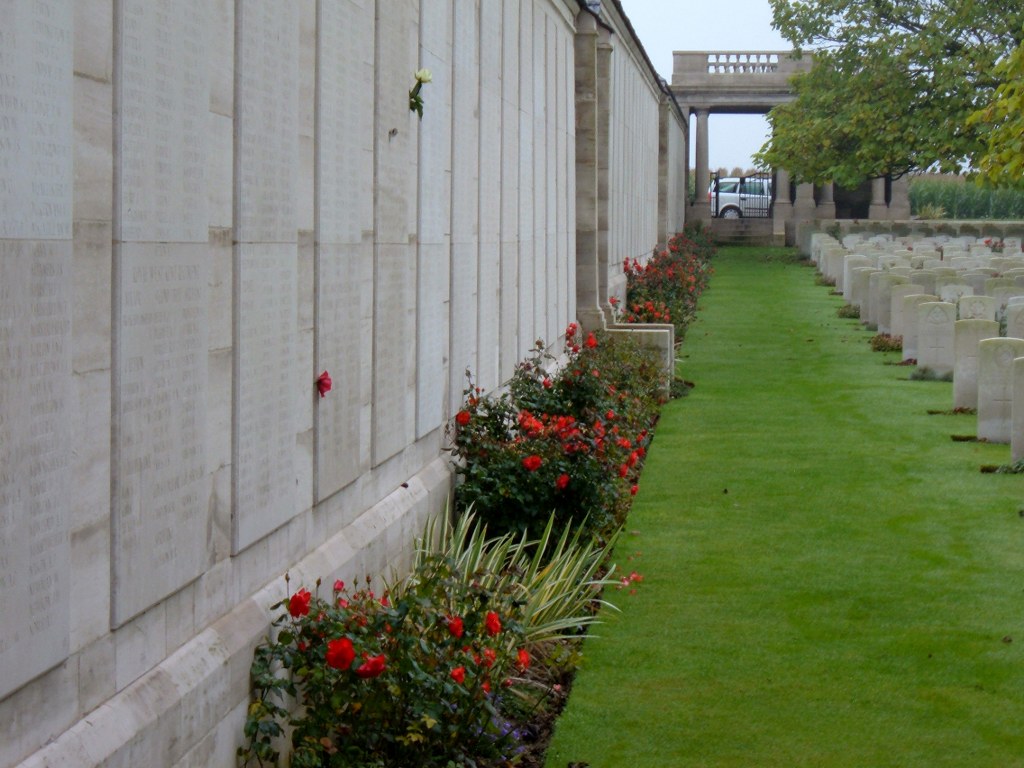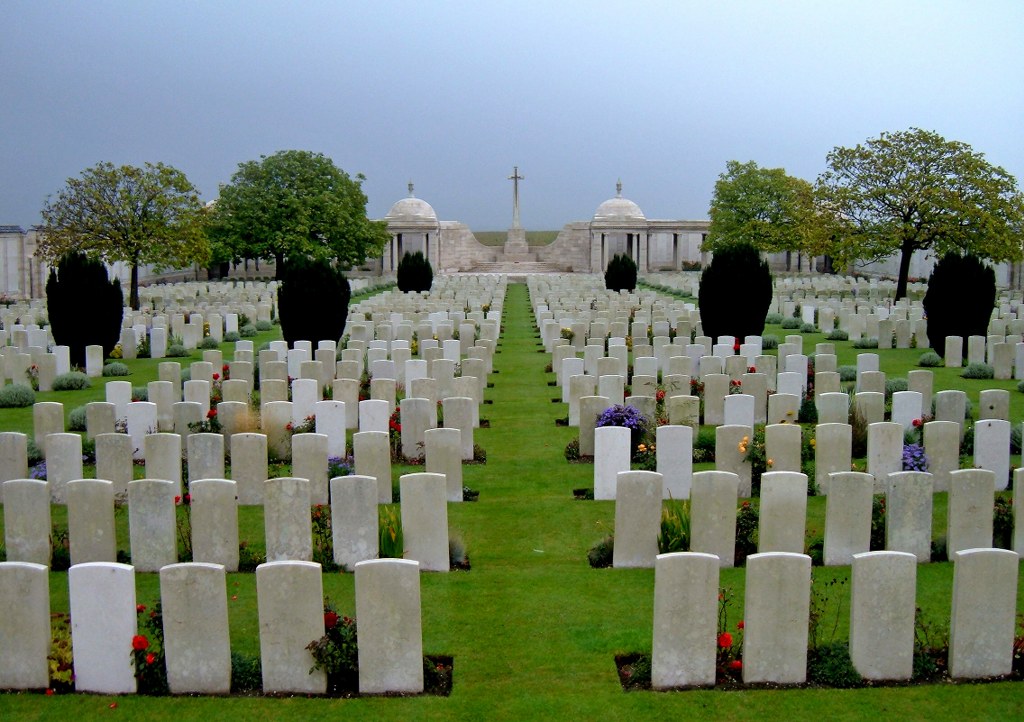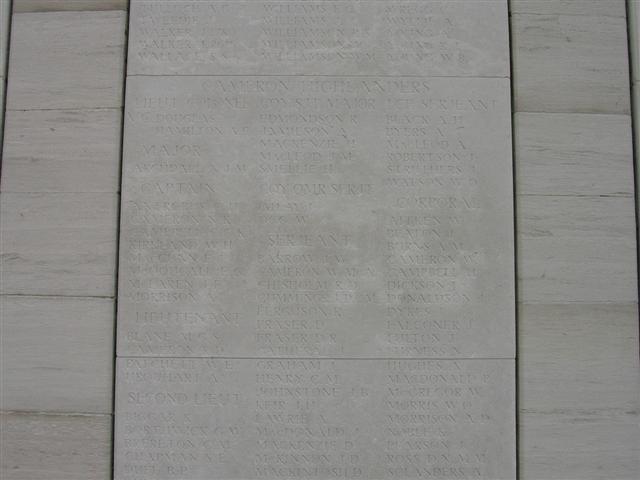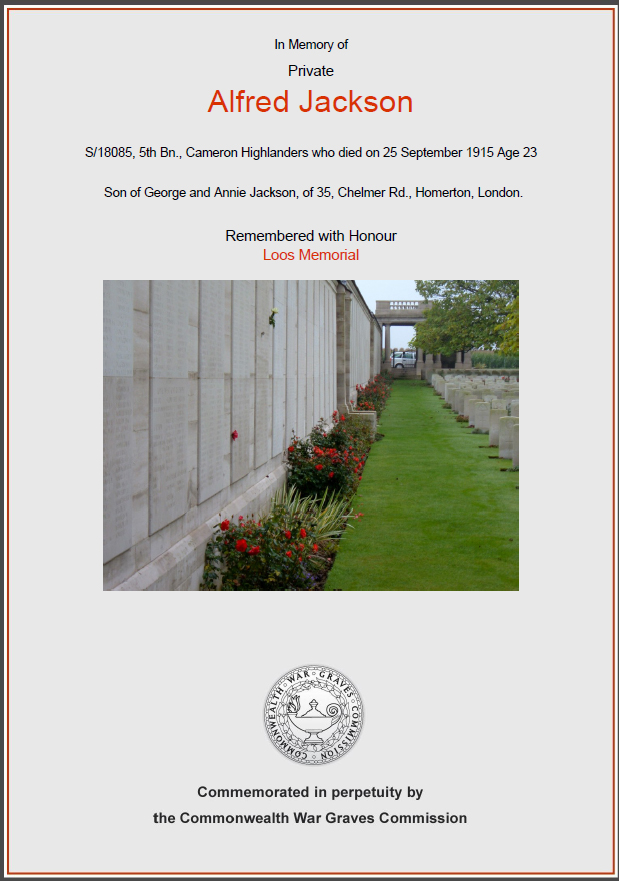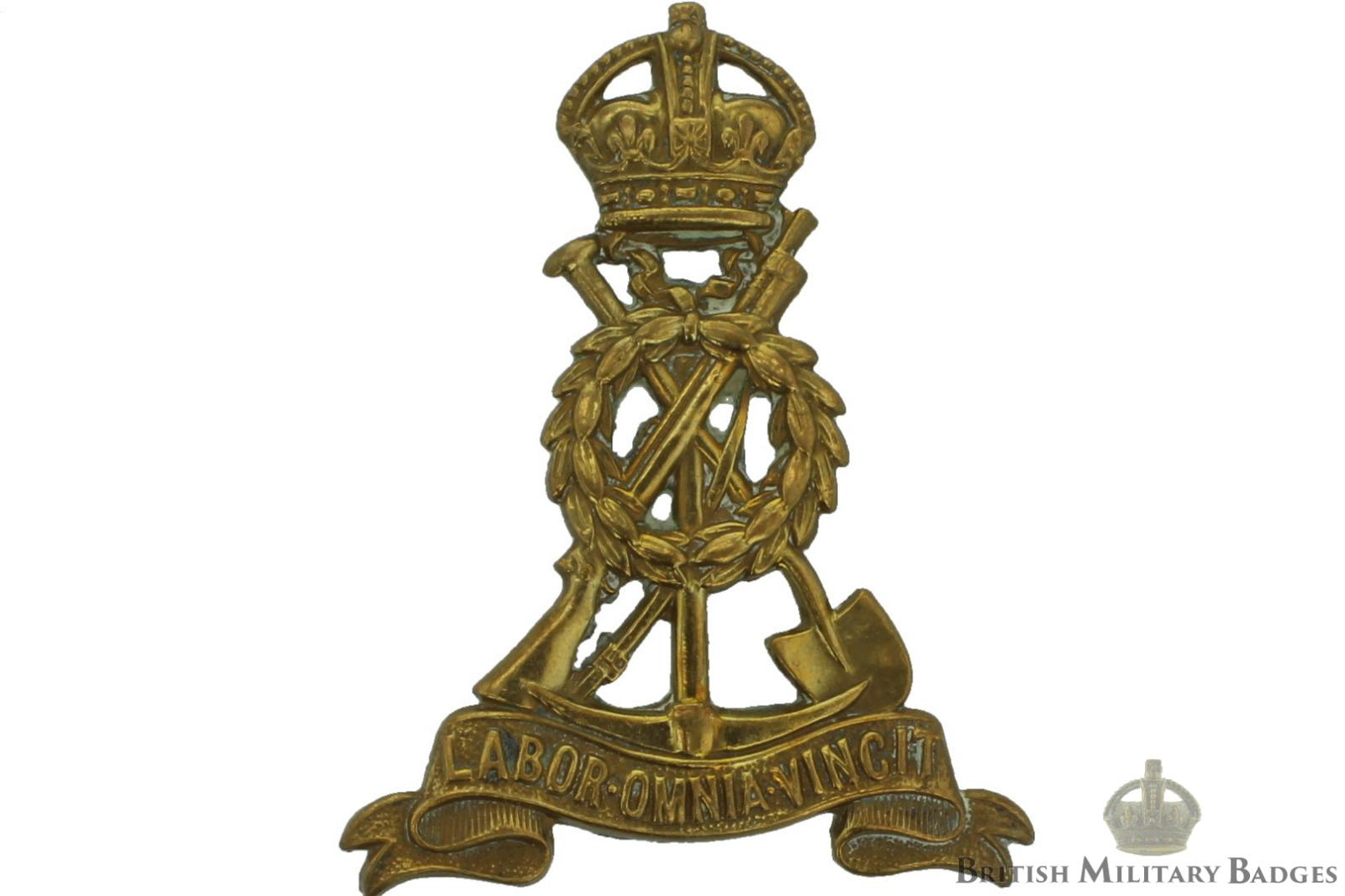BROTHERS:
Alfred Jackson &
George James Jackson
(Click any thumbnail image to view full size)
Family
George James Jackson was born in 1877 to George James Henry Jackson (A boot laster/maker) and his wife, Ann (nee Reynolds) (A machinist). He had three sisters and four brothers, one of whom was Alfred, born in 1893.
George James Jackson shown on the 1881 Census at the family home in Hackney
George James Jackson shown on the 1891 Census at the family home in the parish of St Luke, South Hackney
Alfred Jackson on the 1901 Census
George James Jackson on the 1901 Census
Alfred Jackson on the 1911 Census
George James Jackson on the 1911 Census
35 Chelmar Road, London - Home of the Jackson family
Their Brother - William Edward Jackson
Alfred JACKSON (Private)
S/18085, 5th Battalion, Queen's Own Cameron Highlanders
1914-15 Star*, British War Medal and Victory Medal
*Replica gap filler
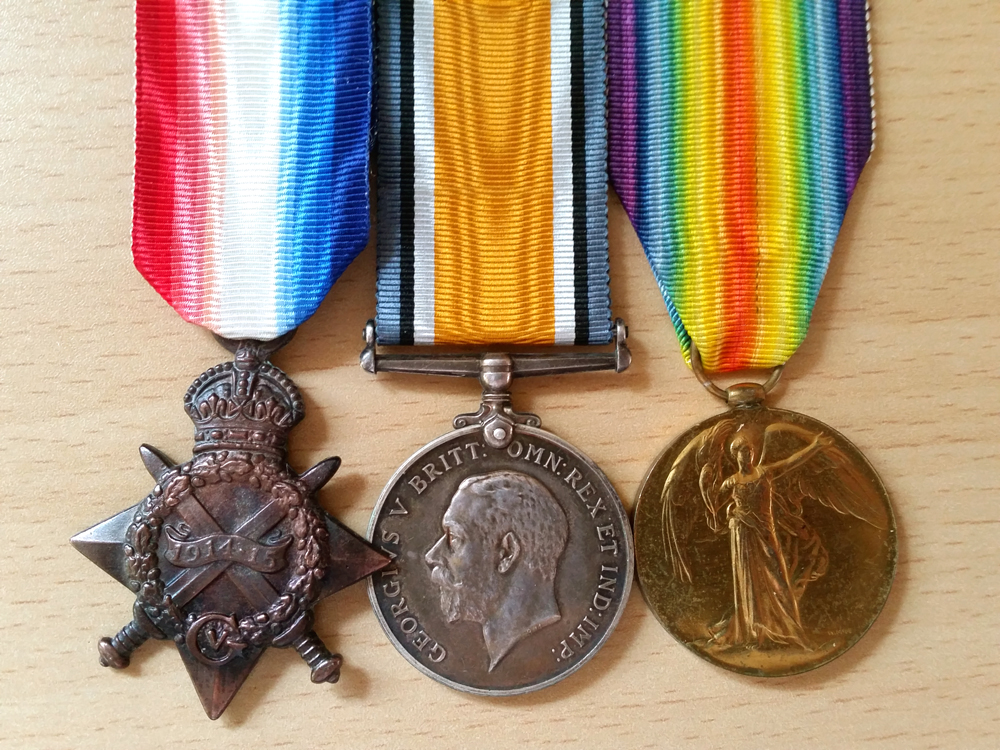
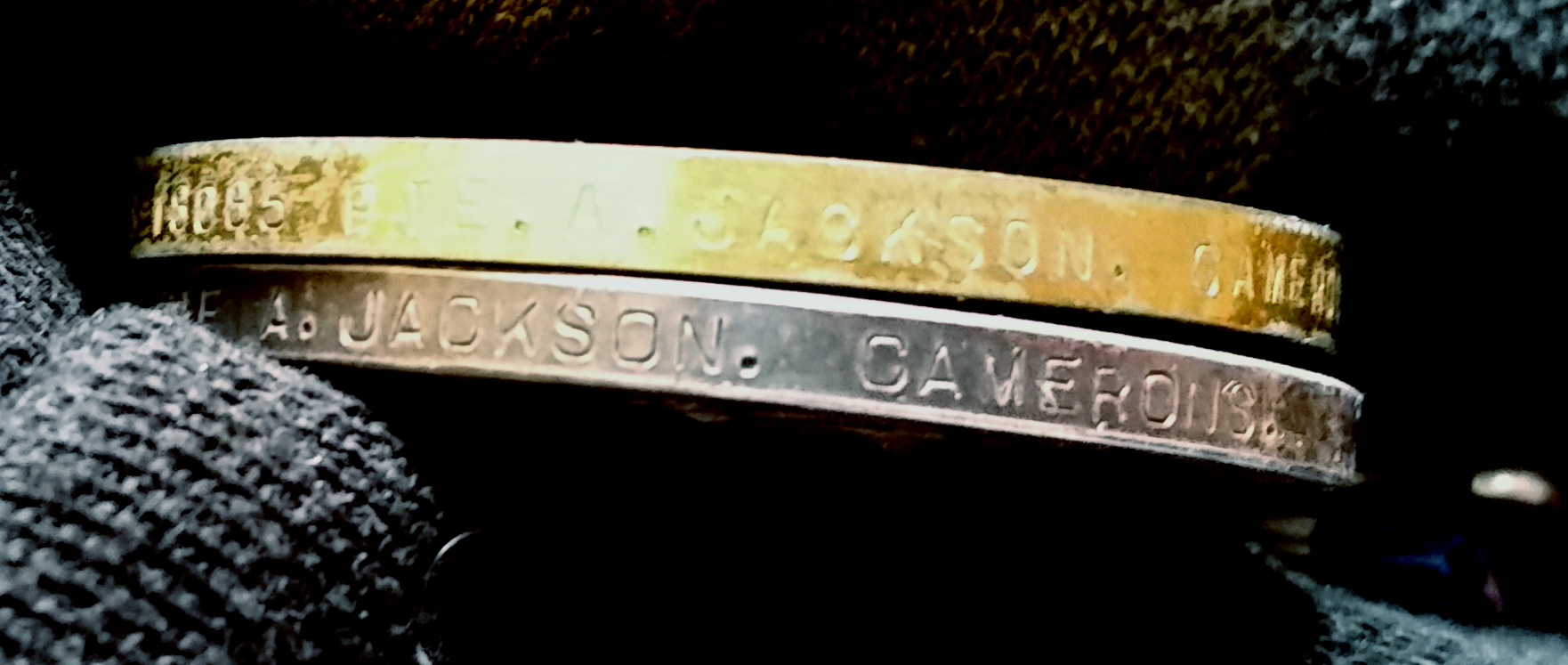
Alfred joined the Army on 10th May 1915, age 22, and was posted, despite being a born-and-bred Londoner, to Inverness to join the 3rd Battalion of the Cameron Highlanders. He was re-assigned after training to reinforce the 5th Battalion, who had arrived in France in the middle of May 1915. Unfortunately his service records don't state when Alfred joined them in France, but with little training, he assembled with the rest of the 5th Battalion near the town of Loos near a sector called the Hohenzollern Redoubt.
The Hohenzollern Redoubt was a defensive strongpoint near Auchy-les-Mines occupied by the German 6th Army (see map below). A number of pit-heads known as Fosses and auxiliary shafts called Puits had been built around Loos-en-Gohelle in the Nord-Pas-de-Calais region of France, when the area was developed by the mining industry. One particular Fosse (Fosse 8 de Béthune) was close to the north end of a spoil-heap (Crassier) known as "The Dump" (see battle plan below). The Crassiers had been tunnelled and hollowed out both sides, to provide observation-posts and machine-gun coverage all-round. The Dump, which formed part of the Hohenzollern Redoubt was 20-foot high, with an excellent view in all directions. On the opening day of the Battle of Loos, the 25th September 1915, the 5th Cameron Highlanders went "over the top" from their forward trenches to attack the redoubt wearing an early form of flannel gas masks to protect them from the poison gas shells, which the British Army were experimenting with for the first time on that day.
The 5th Cameron's assault at Hohenzollern was memorialised in an artwork by Lieutenant Richard Barrett Talbot Kelly MBE, MC, RI (1896-1971), Royal Field Artillery, in 1915 (shown below). Note the primitive flannel gas hoods.
Alfred Jackson was reported as "Missing, presumed dead" on the 25th September 1915, like so many of his comrades. He had only been in France for a very short time. He was sadly never found or identified. He is remembered with honour on the Loos Memorial to the missing, along with the other 20,604 Officers and Men with no known grave in this area. His 1914-15 Star has at some point become seprated from the group. It's space is filled, here, with a high quality replica. I am, however, looking to acquire the missing medal, should it, by any chance ever resurface.
Alfred Jackson on the 1915 Star medal roll
Alfred Jackson on the British War and Victory medals roll
Alfred Jackson on the Loos Memorial panel list
Alfred Jackson on the Loos Memorial register
Example of the poison gas hoods worn at the Battle of Loos
Alfred Jackson - Service Documents - Page 1 (PDF)
Alfred Jackson - Service Documents - Page 2 (PDF)
Alfred Jackson - Service Documents - Page 3 (PDF)
Alfred Jackson - Service Documents - Page 4 (PDF)
Alfred Jackson - Service Documents - Page 5 (PDF)
Alfred Jackson - Service Documents - Page 6 (PDF)
George James JACKSON (Private)
55887 / 36761 / 87850 / 80065 / 80063 / 41459 / 50123
The Queens (Royal West Surrey) Regt / Northampton Regt / Duke of Cornwalls Light Inf (trans 5/5/18) / Labour Corps
British War Medal and Victory Medal
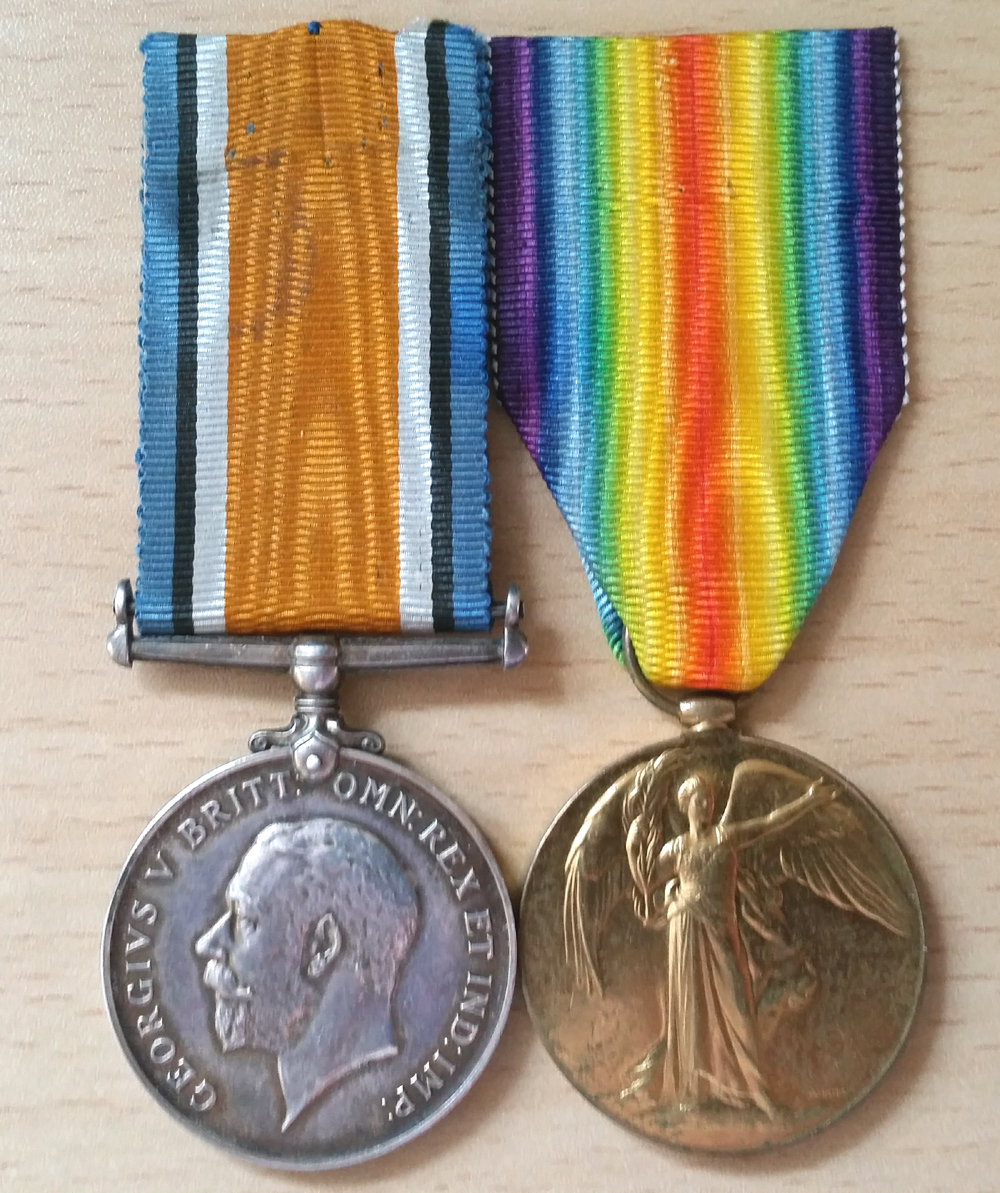
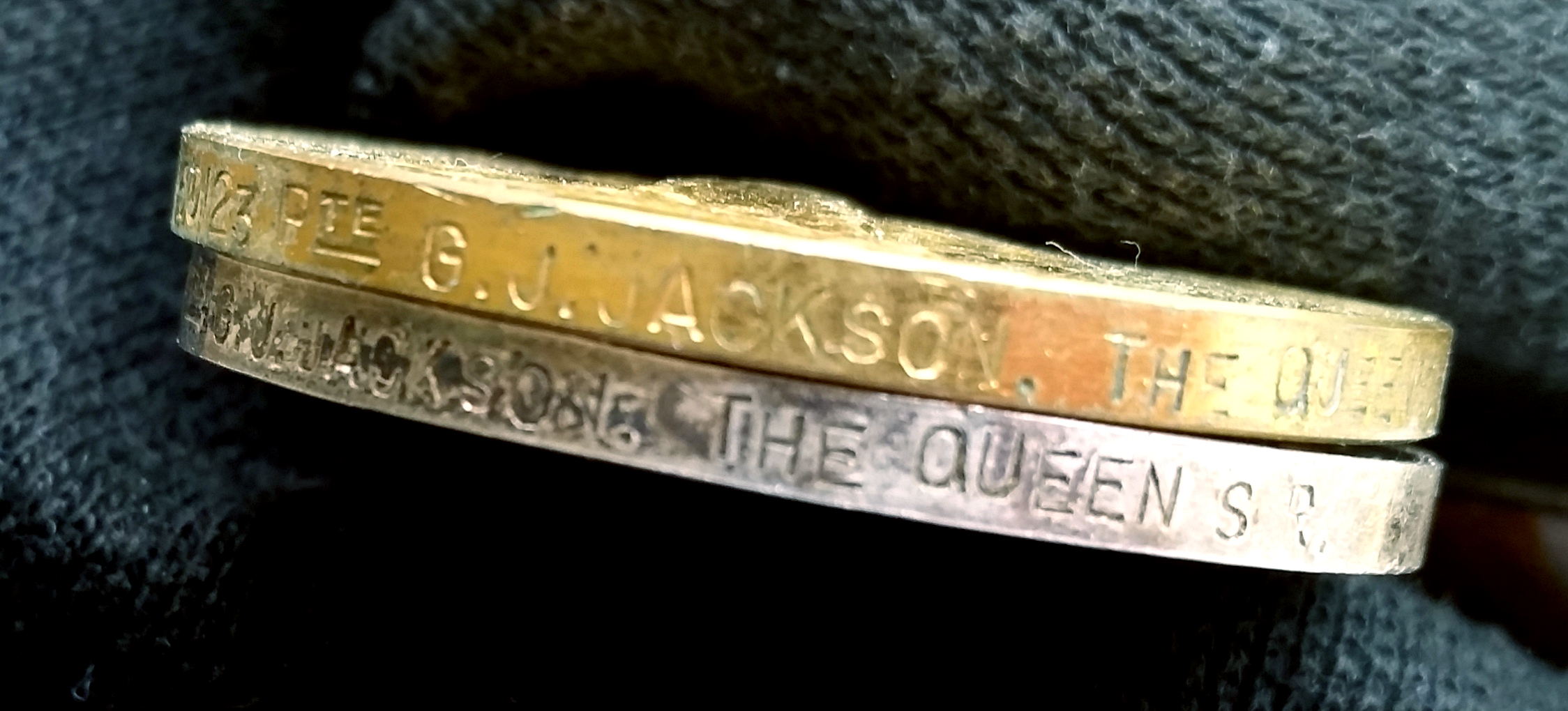
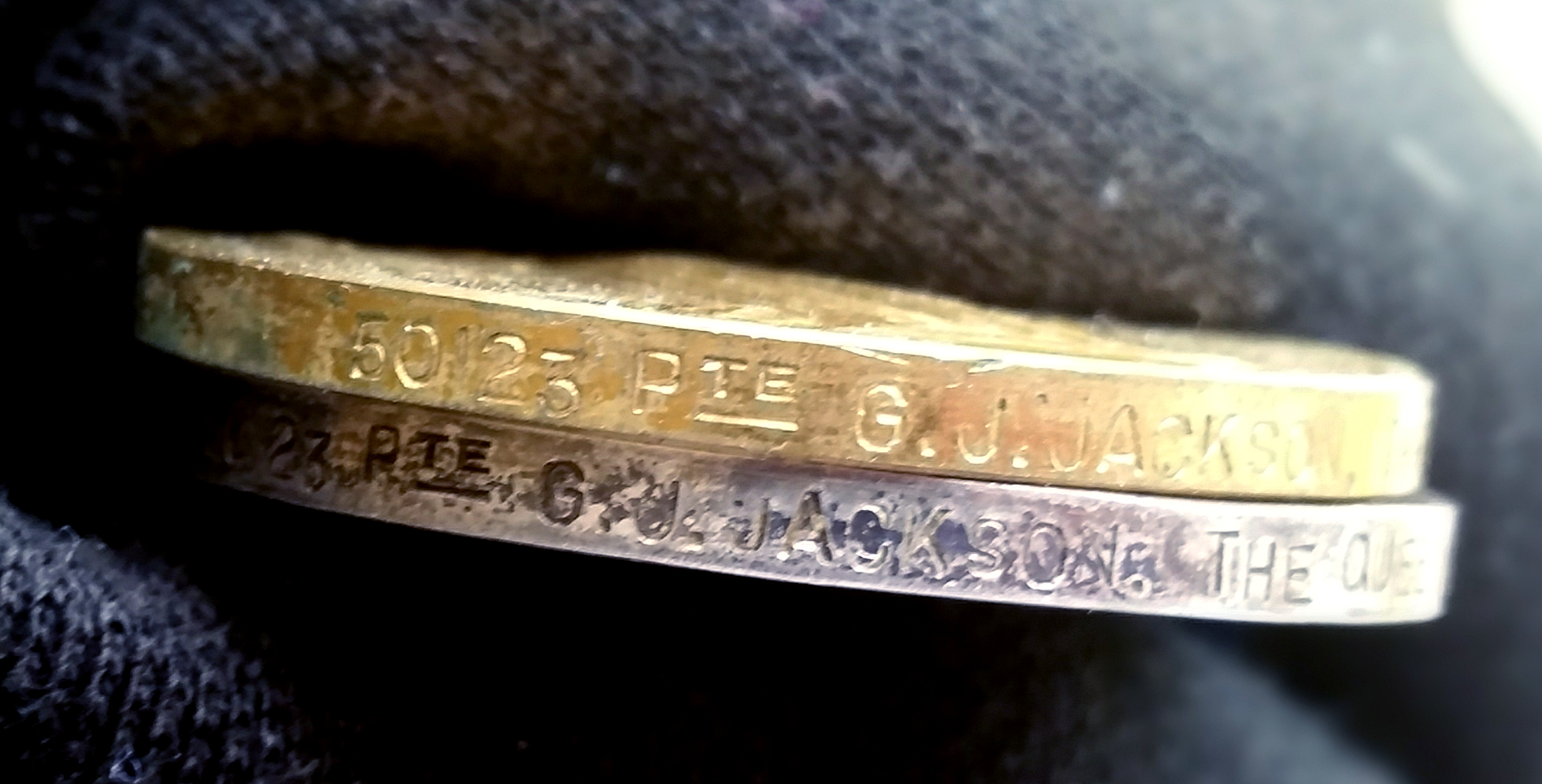
Despite being 38 years of age, married, and already a father of three, George decided it was time for him to "do his bit" shortly after hearing of his younger brother Alfred being reported "missing, presumed dead" in September 1915. He volunteered to join the army, and attested at the end of December 1915. He was placed in a reserve list, showing 1 day service, until he was called up to re-attest in February 1917. He wasn't eligible for conscription, but was recalled due to volunteering his service just over a year before, so he left his employment as a cabinet maker to start training immediately.
His service records record a large number of different service numbers, so many in fact, that the army records seem to contain two seperate Medal Index Cards, with different details for him. The numbers on both the index cards can be found among the same man's service records, if you sift through them (below). His medals, however, are clearly impressed "50123 Pte.G.J.Jackson. The Queens Regt". It is clear that although he was listed briefly as a member of the Royal West Surrey, Northampton and Duke of Cornwall Light Infantry Regiments, on each occasion it was apparent he wasn't fit enough to serve as a soldier in the infantry of the line. Instead he served his time in the Labour Corps. The labour corps generally carried out non-combat activities to keep the war running smoothly. Duties included loading and unloading of trucks, trench repairs and construction, grave digging and marking, etc. The Labour Corps most often came "second place" to a mans original regiment, and is rarely found on medals, or even headstones, even if a man was serving in the Labour Corps when killed. Hence, George's medals show him in the Queens (West Surrey) Regiment.
What is clear from his service documents, is that he served for at least 2 full years overseas, as he earned 2 "blue cheverons".
George finally left the army and was tranferred to the Class Z reserve in April 1919. Soldiers who weren't discharged through injury or disablement were kept on the the Class Z in case hostilities re-started after the armistice. George was never recalled, and eventually died aged 77, in 1954 (although his record of death incorrectly shows his age as 73).
George James Jackson Service Documents (PDF) - Page 1 , 2 , 3 , 4 , 5 , 6 , 7 , 8 , 9 , 10 , 11 , 12 , 13 , 14 , 15 , 16 , 17 , 18 , 19 , 20 , 21 , 22 , 23 , 24 , 25 , 26 , 27 , 28 , 29George James Jackson - Medal Index Card
George James Jackson - Medal Index Card 2
George James Jackson - Birth Record - 1877
George James Jackson - Baptism
George James Jackson - Marriage to Harriet Emma Thompson in 1899
George James Jackson - Death
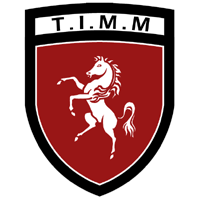 The Invicta Medal Museum (Online)
The Invicta Medal Museum (Online) 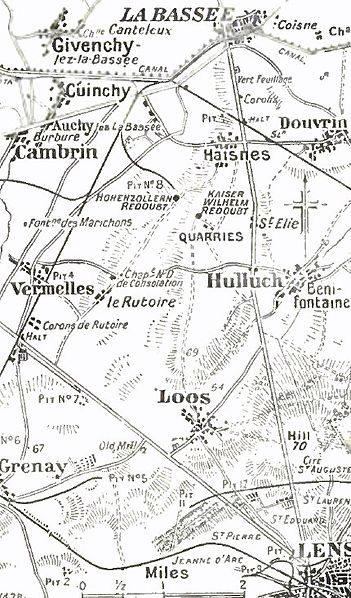

, Royal Field Artillery, 1915.jpg)
